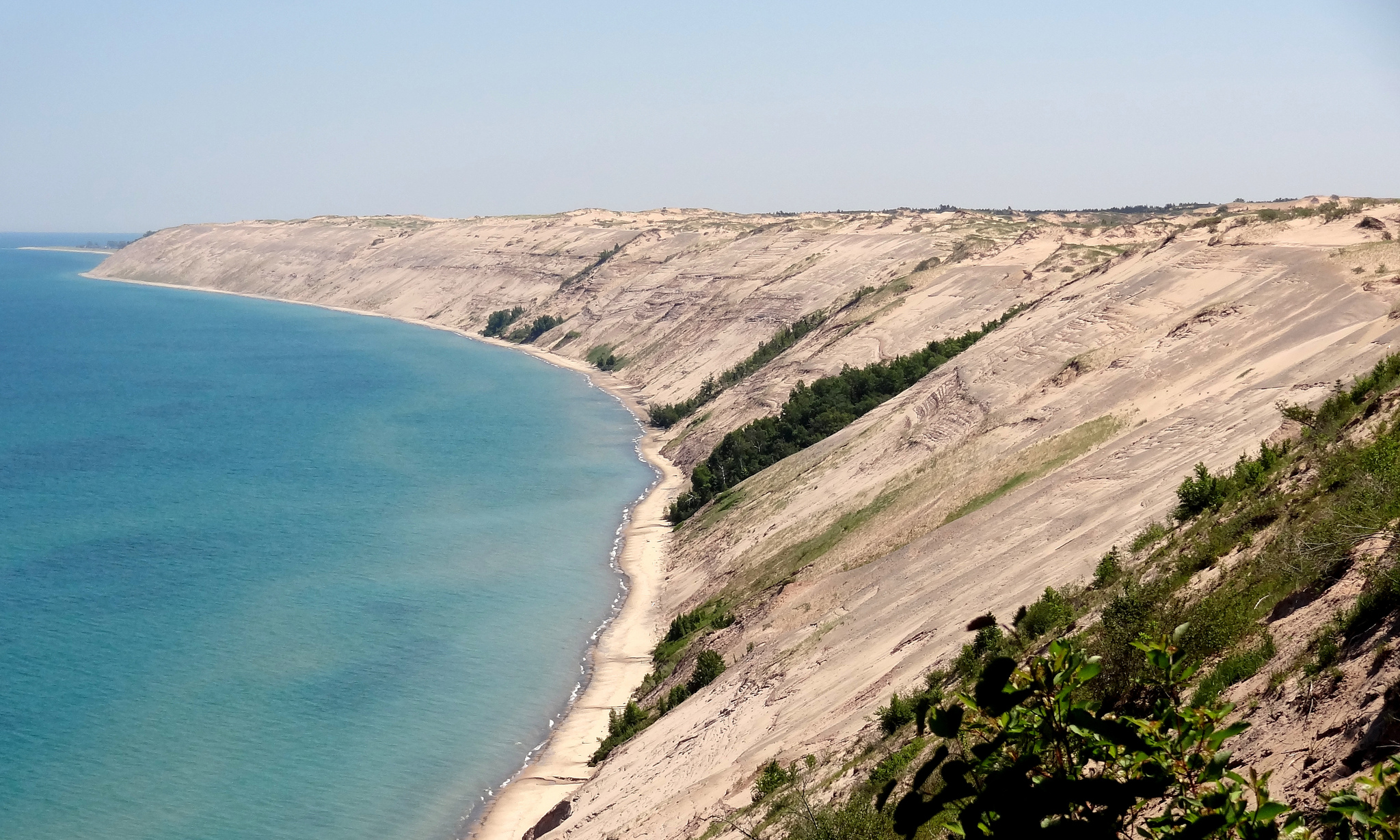Star Tribune:
“Only about one-third of the streams in Minnesota’s farming regions will get the maximum amount of protection under new state buffer rules — a number that environmentalists say falls far short of what Gov. Mark Dayton’s signature water protection law was intended to accomplish.
State regulators are drawing up a map of the streams, ditches, wetlands and lakes that will fall under the new and highly controversial buffer law — the nation’s first — enacted last year in an effort to reduce pollution from farm runoff.
But they are relying on a decades-old list that excludes more than half the known small streams that create a web across Minnesota’s landscape and carry sediment, phosphorus and other pollutants into the major rivers.”
Past regulatory approaches have failed in agricultural areas because people do not comply. As maps are created, both sides complain. What is public water? Common sense says it is all water is public water, but statute and rules each have definitions. In the legal world, words have meaning and consequences. All air is public, should all water be public? We need buffer laws that are meaningful and enforced. In addition, other approaches need to be adopted. For example, if you pollute you should pay. This approach is reasonable as well -- perhaps a mix of approaches will result in a system that produces clean water.





















